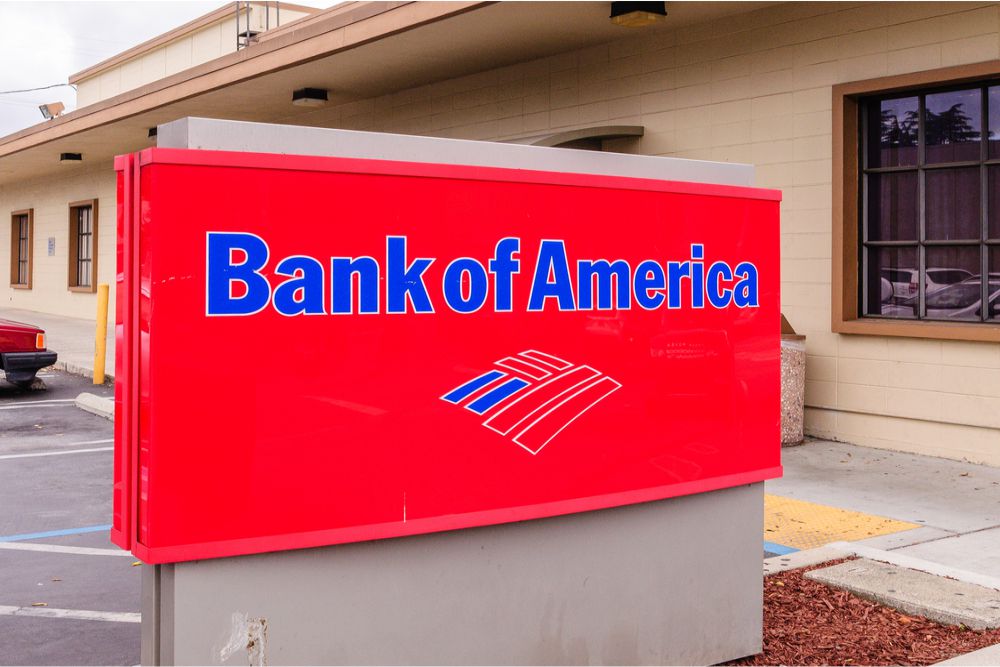Huobi DM, the derivatives platform offered by the leading crypto company, Huobi Group, has become the first to respond in the aftermath of last week’s unusual price movements that adversely affected those who trade futures products based on cryptocurrencies.
On Wednesday, Huobi announced that it had launched a new “partial” liquidation mechanism that systemically minimizes a trader’s exposure in the event of severe market volatility.
Therefore, in a single event, when there are unusual price movements in the assets they’re speculating on, the new system will automatically begin to liquidate a user’s positions in stages instead of collectively.
Huobi explained that The liquidation would consider predetermined margin ratios based on the user’s calculated exposure—until the margin ratio reaches above zero. Additionally, the liquidation will include a circuit breaker that will “halt liquidation when large or unusual deviations between the liquidation price and market price are detected.”
Commenting on the need for introducing the new risk management and control tools, Ciara Sun, VP of global business at Huobi Group, acknowledged that market volatility creates new arbitrage opportunities for users. However, Ciara added:
Our goal is to safeguard our users’ assets while providing a robust trading experience, so we’re using this partial liquidation mechanism to minimize the downside without diluting the potential upside.
Meanwhile, Huobi Global also revealed in the release, plans to launch perpetual swaps with up to 125X leverage, starting with support for BTC swaps, and other products such as an OTC loan service and options trading.
Do Crypto Trading Platforms Need Circuit Breakers?
In the wake of the recent crypto market sell-off, many market observers argued that platforms should introduce a circuit breaker, a tool that protects investors in traditional markets from extremely downward volatility.
For the basics, circuit breakers are regulatory measures that halt in trading on an exchange, especially in the event of a panic-selling. Trading automatically stops if prices hit predefined levels. For instance, for the S&P 500, trading is halted once there’s a 7%, 13%, and 20% intraday move.
Although some market observers agree that the crypto industry could benefit from such a tool as it would control prices, others such as Binance CEO, Changpeng Zhao has argued that it will not work for Bitcoin primarily as the cryptocurrency is traded on free markets and not on a single exchange.
- Crypto Price Update July 24: BTC Maintains $66K, ETH at $3.4K, XRP, TON, and ADA Rallies
- Bitcoin Falls to $65K as Mt. Gox Transfers $2.8 Billion BTC to External Wallet
- News of Marathon Digital’s $138 Million Fine for Breach of Non-Disclosure Agreement Triggers a Bearish 2.5% of Its MARA Stock
- Are $530M Bitcoin ETF Inflows a Blessing or Caution?
- Metaplanet Teams with Hoseki for Real-Time Bitcoin Holdings Verification
- Building Secure Blockchain Systems: An Exclusive Interview with ARPA and Bella Protocol CEO Felix Xu
- Building The “De-Facto Crypto Trading Terminal”: An Exclusive Interview with Aurox CEO Giorgi Khazaradze
- Building a New Global Financial System: An Exclusive Interview With Tyler Wallace, Analytics Head at TrustToken
- “Solana is the Promised Land for Blockchain” — An Exclusive Interview with Solend Founder Rooter
- El Salvador: Where The Bitcoin Revolution Begins With A Legal Tender

 Why Trust Us
Why Trust Us







